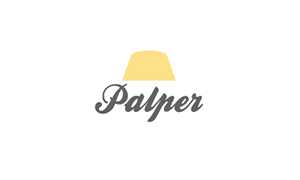Cloud assessment of dessert production performance
The dessert company Dulcegrado has been growing steadily over the last few years and is currently facing a bottleneck in terms of its production capacity.
This S3FOOD project will both analyse the current production system and evaluate the effects of possible modifications, such as the employment of a HTST pasteuriser. In this way, the company will obtain valuable data for making decisions about system modifications.
The objective of the project is to study the three aspects that currently limit production capacity: the production process, energy supply and quality control of raw materials and ingredients. To do this, there is a need to automate the collection of data for analysis by an IoT platform. This will enable any small or medium-sized food company to gain an overview of production in terms of energy costs and performance.
Furthermore, by introducing near-infrared (NIR) technology to the characterisation of milk, companies can optimise their use of ingredients and reduce their use of cream and powdered milk in dessert manufacture.
Mid-way report summary
Key points in the production of desserts manufactured at Dulcegrado have been determined and sensors installed to monitor the electrical consumption at each place. Consumption data is then sent to the cloud. An IoT platform has been developed to visualise the data in real time and over selected periods and generate reports.
The data generated by monitoring energy consumption, production times, raw material quantities and product volumes will be used to evaluate:
- The impact of installing an HTST pasteuriser on production capacity
- The impact of AONIR – a VIS-NIR spectroscopy-based platform for inline and real-time milk characterisation – on raw material optimisation and the homogeneity of product batches
Currently, data is only available for the current production system at Dulcegrado. However, as soon as data is collected with the HTST pasteuriser and AONIR equipment in operation, it will be possible to determine whether these investments would provide a good return.
Final report summary
One of the main conclusions is that the in-line pasteuriser has managed to reduce energy consumption considerably (although slightly less than expected) by up to 32% depending on the product. Production times have also been reduced by 50-62%. Finally, thanks to the application of the in-line NIR, we have been able to characterise the milk we use as raw material and reduce the variability of our production. Therefore, the objectives have been achieved and as a next step, it has been decided to invest in the acquisition of the in-line pasteuriser. However, it has been decided not to invest in the NIR equipment, as it does not provide a return on investment in a reasonable period
Project title
CLOUD ASSESSMENT OF DAIRY PRODUCTION PERFORMANCE
Voucher type
Application
Lead SME
Dulcegrado S.L.



